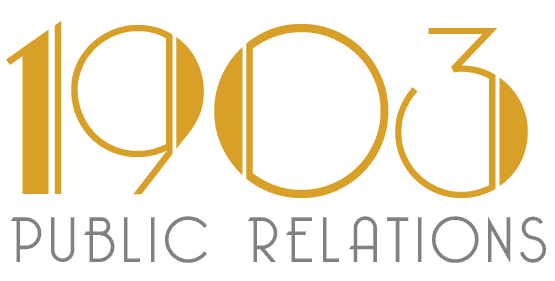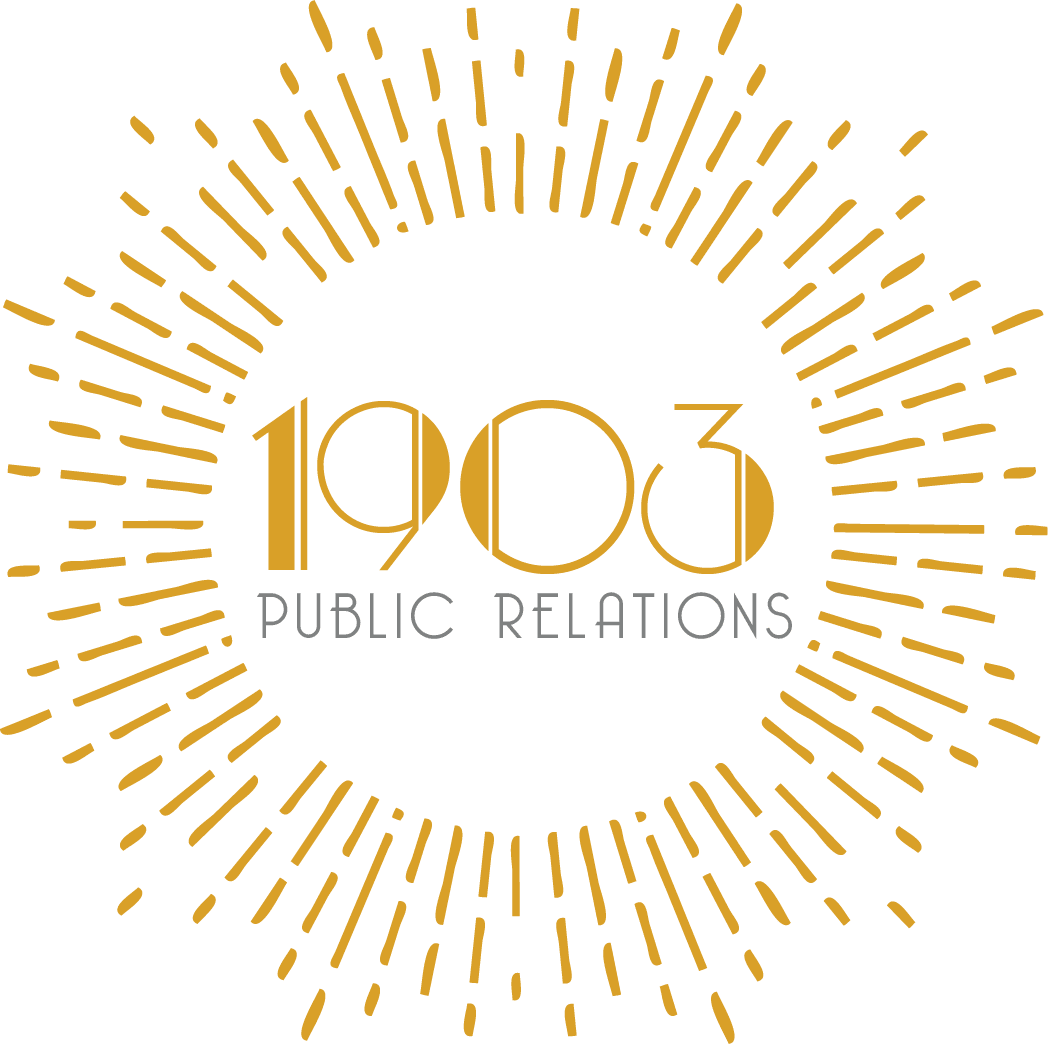By: Cara Sutherlan, 1903 Public Relations
If you’re looking to propel brand awareness and sales leads through your communications strategy, an analyst relations (AR) program is a great investment that can further these goals.
For those new to this term, AR involves developing and managing ongoing relationships with the analyst firms that cover your unique space in the market. Whether those are the Big 5 firms like Gartner and McKinsey, or the more niche firms specific to the industries you operate in – there is likely an analyst monitoring your space.
What do analyst firms do?
- Make purchasing recommendations to companies looking to buy expensive/large solutions for businesses
- Stay up to date on all the major players in a space to be able to make accurate recommendations
- Generate research reports and other articles/content ranking the relevant companies against each other and providing market education
- Provide quotes and commentary to vendors and journalists to be used in press releases and articles
By introducing AR into your larger PR strategy, your PR team can manage these high-touch relationships and make sure analysts stay up-to-date on your latest developments.
AR is a great option for companies that:
- Have at customers using their products beyond a beta or pilot program
- Are willing to share some data with analysts so they can track industry trends and understand your products/services
- Aren’t afraid to go head-to-head with competitors in rankings that will be available to potential buyers and investors
This program should be “outsourced” to PR agencies for a numbers of reasons: namely, expertise, resources and overall communications strategy.
#1: Your PR team can provide the best guidance as to what paid and non-paid relationships to pursue.
One of your PR team’s strengths is in advising how to direct your communications budget for best outcomes – whether that’s the decision to engage in, or pass over, sponsored media placements, award nominations, associations and more. We do the same thing for AR. By putting in the research, we’ll help you make informed decisions about what analyst firms will provide the most bang for your buck, and where it might make sense to leverage unpaid relationships.
For a vendor to engage in a paid analyst relationship, it can cost upwards of hundreds of thousands of dollars annually (depending on the size and name recognition of the firm). This would provide you with regular calls and meetings, consistent check-ins, market updates, products counsel and competitor analysis, just to name a few perks. This also means that in final reports, you receive more visibility and influence over your ranking.
You may think that unless you have this type of budget, you might not be able to participate in AR – but an analyst’s ultimate role is to create true and accurate reporting on the markets they cover. So while you may miss out on all the benefits of a paid relationship, you can still be included in reports by being proactive and working with your PR team to establish a strong relationship with target firms. Your PR agency can reach out to relevant analysts and secure meetings (generally once or twice a year) to make sure they’re aware of key company updates, have enough information to contextualize their market reports and include you in rankings.
#2: AR is similar to media relations, so utilizing your PR agency’s best skills can save both time and resources.
For both AR and media relations, your agency will keep reporters and analysts updated with company news and announcements. However, there are some key distinctions to how these relationships develop that can be easily navigated by your PR team.
When it comes to media relations, your PR team secures coverage by pitching the most newsworthy aspects of your announcements to relevant reporters. We do this by effectively positioning key information, conducting follow-up to secure interest and ensuring reporters learn about your company – ultimately resulting in accurate articles that help your news reach the right audiences.
Your PR agency leverages those same skills for AR, but the relationship we develop with analysts is fundamentally different than with reporters. The biggest reason for that is the paid vs. unpaid nature of these relationships. Reporters, of course, don’t exchange money for stories, but that also means they have to prioritize the most compelling stories of the day for their audiences to generate clicks (and thus revenue). On the other hand, analyst firms make their living through paid relationships with both large enterprises and vendors. They can devote much more time and resources toward deeply understanding a market, its players, and any impactful outliers that buyers (aka large enterprises) need to know to make purchasing decisions and their paying vendor clients.
To oversimplify it, analysts are like if reporters had all the time and money in the world to talk to their sources and regularly write about them. This means AR can be very time consuming if you don’t have a dedicated, full-time team internally to handle it – especially if you’re engaging with multiple firms. Your PR team can skillfully handle these relationships, lead and participate in multiple calls, and send all relevant news and updates to analysts for a similar or lower cost to what you might incur using internal resources.
#3: AR and PR have a lot of interplay – so bring your PR team in from the get-go.
For a successful AR program, you’ll need to bring a lot of hard data into regular conversations so analysts can learn about your technology, capabilities, customers and competitive field. In the same way that an agency provides media training for interviews, your PR team can also help prep your internal team members and provide guidance on how to successfully position your company. Having individuals who can speak to the financials, growth metrics, customer acquisition and product information is critical to having a streamlined conversation – and these aren’t always the same spokespeople who are leveraged for media interviews (i.e. the C-suite). The level of preparedness needed for analyst conversations is similar to the prep needed for media interviews – both benefit from pre-meeting briefings.
In a similar vein, if your PR team is involved in any noteworthy milestones or programs – for example, awards, press coverage, rebrands and more – then it’s highly advantageous to have them manage these relationships. Because they’re the professionals who have done the deep research into evaluating and securing these wins, you’re strategically putting analysts in conversation with those who best understand the competitive nuances of these achievements and how to position them. Giving your PR team the reins to build a solid relationship means they can even include analysts in your communications strategy, such as quoting them in a press release for product announcements.
So what are you waiting for
Send an email to info@1903pr.com if you’d like to learn more about how 1903 PR can handle your AR needs.
Schedule a Meeting Today


